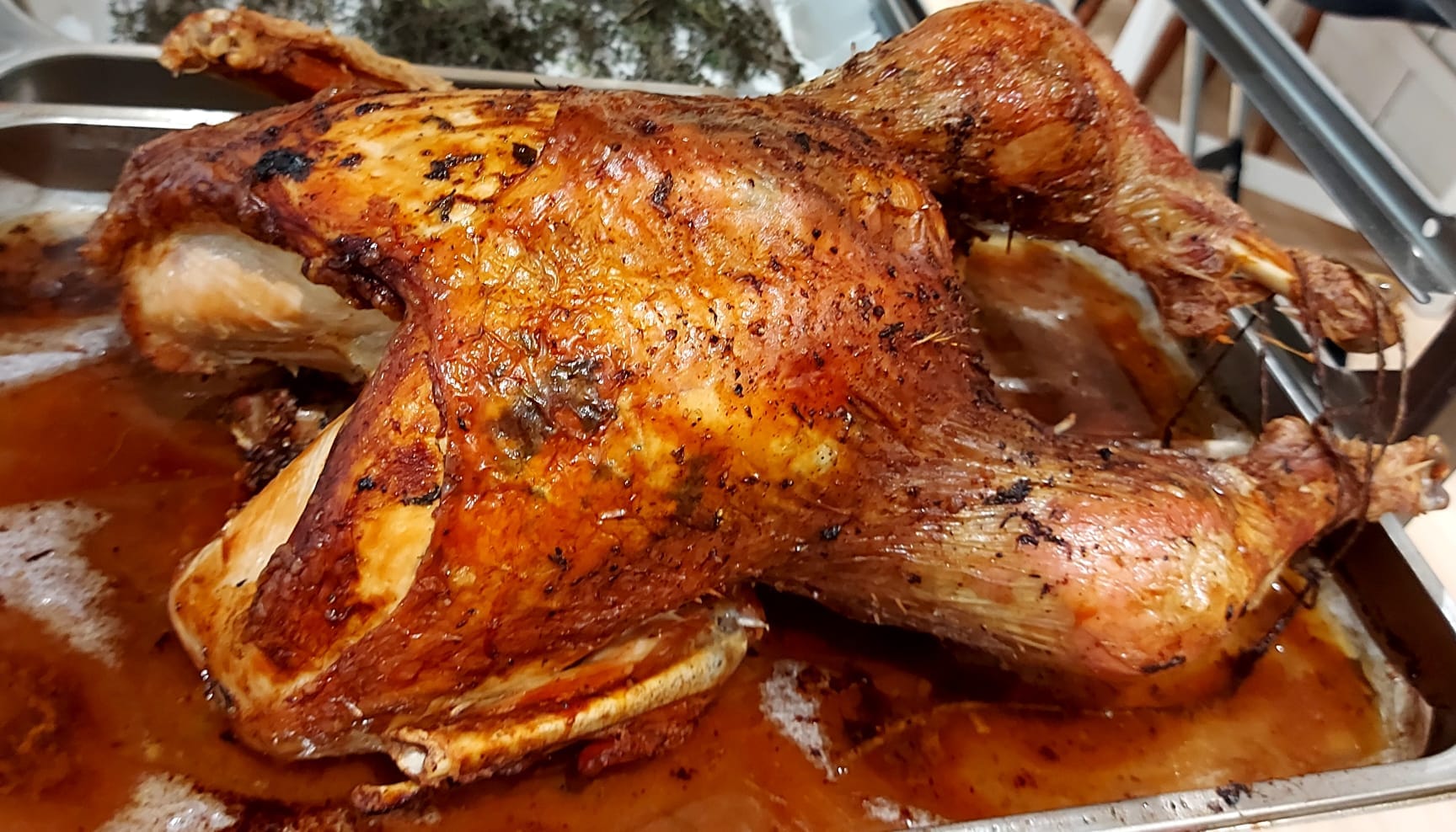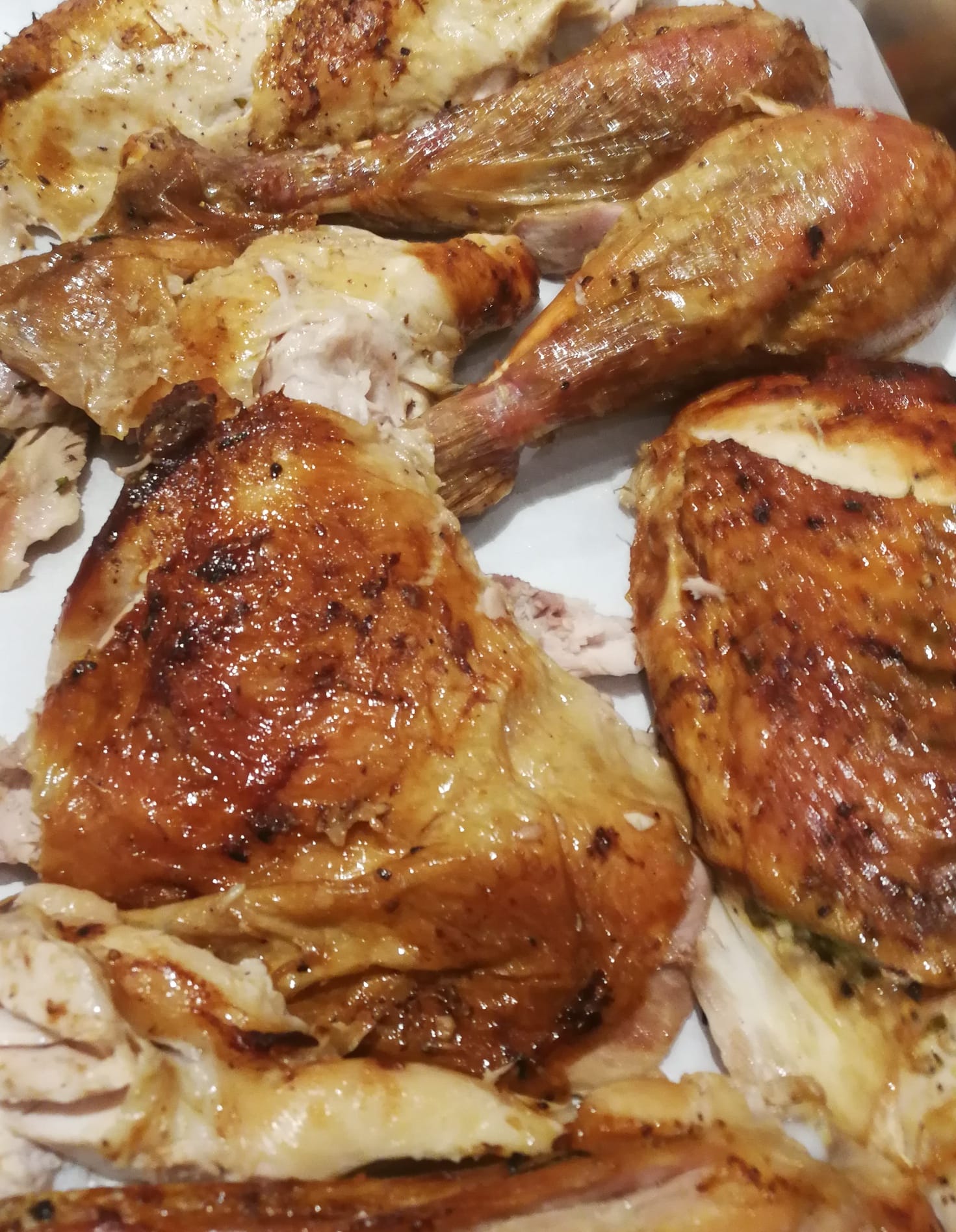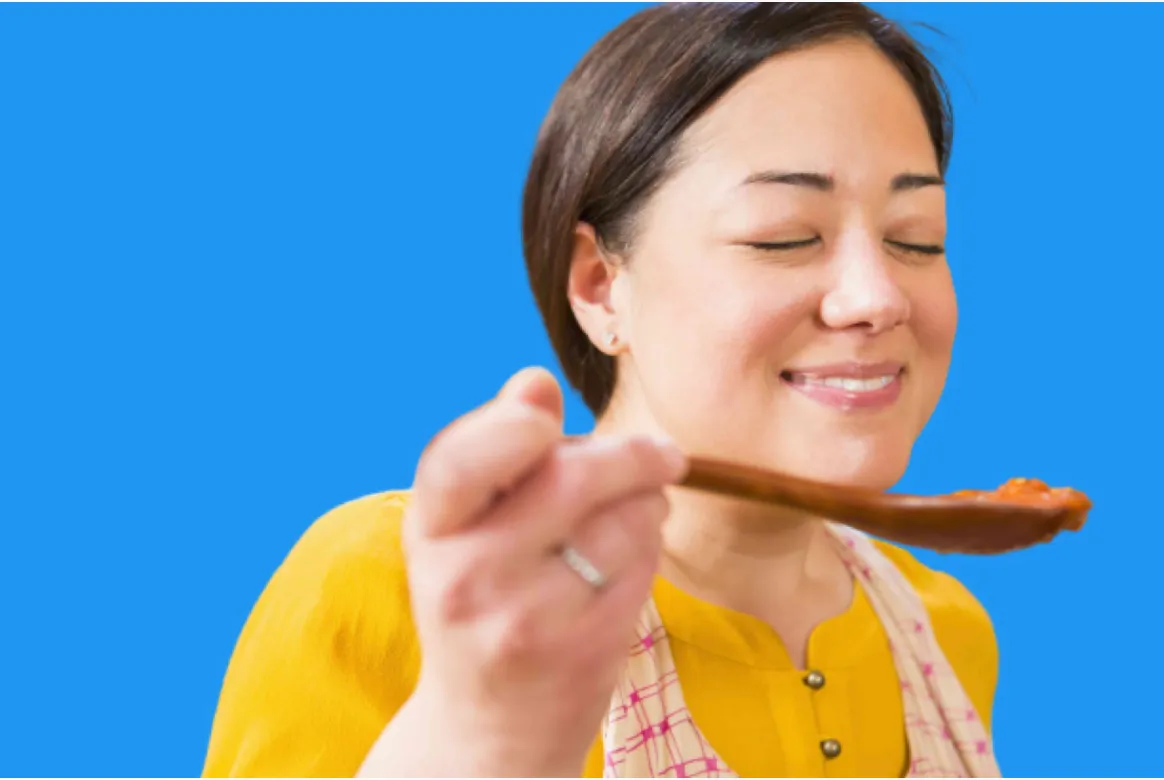Thanksgiving is just around the corner: a big deal in North America but not so much anywhere else. As an Israeli/Kiwi, I was completely ignorant of Thanksgiving until I began working for the United States Consul General and his family in Jerusalem back in 2017. The Thanksgiving table is whatever you want it to be, but the menu must include a few must-have foods for it to be considered a bona fide Thanksgiving spread.
The central and most important dish to the family orientated festival is of course the “bird”, as it is colloquially known in America, or a turkey to the rest of us. There are hundreds of “bird” recipes out there and the cooking of the turkey itself and the ‘final result’ are a significant part of the general festive conversation and banter.
The turkey is a very large and lean bird often weighing in at 6 to 8 kg. It therefore requires a long cook to get it to the table, and long cooking without liquids means a dry bird if you want all that skin to stay brown and crispy. The trick is to artificially trap fat/butter and flavouring between the flesh and the skin during roasting – a sort of self-saucing/hydrating technique.
The below method not only keeps the meat of the turkey moist and flavoursome, but also ensures that when the bird is served, what’s crispy stays crispy.
Ingredients:
- Turkey, 6-7 kg, to feed 6-7 people for at least 2 days
- 200 g butter or schmaltz (rendered goose fat)
- Olive oil
- 2 bunches of thyme (remove leaves from stalks of one bunch and chop)
- Parsley, chopped
- 2 bay leaves
- 1 lemon, zest and juice
- 2 lemons halved
- 2 onions, peeled and cut in half
- 3-4 cloves garlic
- Coarse salt
- Coarse pepper
- Cooking string
- Baster
- Cooking thermometer
Method:
Purchase a turkey suitable for your needs. When you get it home, wash the bird and pat it dry inside and out. Cut off the neck and parson’s nose and save for the stock pot. Set the turkey aside in the fridge on a tray.
Place butter or schmaltz in a bowl, add a dash of olive oil, chopped parsley and thyme, zest, one crushed clove of garlic, a large pinch of coarse salt and pepper and the juice of one lemon. Wearing latex gloves, mix everything until it’s combined.
Take the turkey out of the fridge and using your fingertips gently separate the breast and thigh skin from the meat as much as you can. Roll up balls of the butter or schmaltz mix and push them under the skin. Spread the mixture under the skin by applying pressure from outside the skin: the more you are able to spread it, the better. Spread leftover butter/schmaltz over the outside of the turkey. Drizzle olive oil over the top and spread it around onto the spread butter/schmaltz. Lightly sprinkle coarse salt and pepper over the bird.
Sprinkle coarse salt and pepper inside the cavity of the bird then stuff in the bay leaves, sprig of thyme, half onions, halves of two lemons and remaining garlic cloves. Tie the legs closed with the cooking string. If you have a rack to keep the turkey out of the liquids that accumulate in the baking dish, use it and you will have crispy skin all over. If not, it is not a must.
Place the turkey in an oven preheated to 220°C and roast for 15 minutes. Turn down to 180°C and roast until the internal temp of the breast is 65°C. Every half an hour, baste the top of the breast with its own juices. If you don’t have a reliable thermometer, the rule of thumb is 40-45 minutes per kg. When the bird is cooked, remove from oven and leave to sit at least 30-40 minutes before carving. The Culinary Institute of America has a very good YouTube video tutorial showing how to carve a bird.
Serve the turkey with either gravy or cranberry sauce.
Happy Thanksgiving.


If you enjoyed this recipe why not share it with your friends via social media or e-mail? If you want a copy of your own select the print option at the top of the page.






